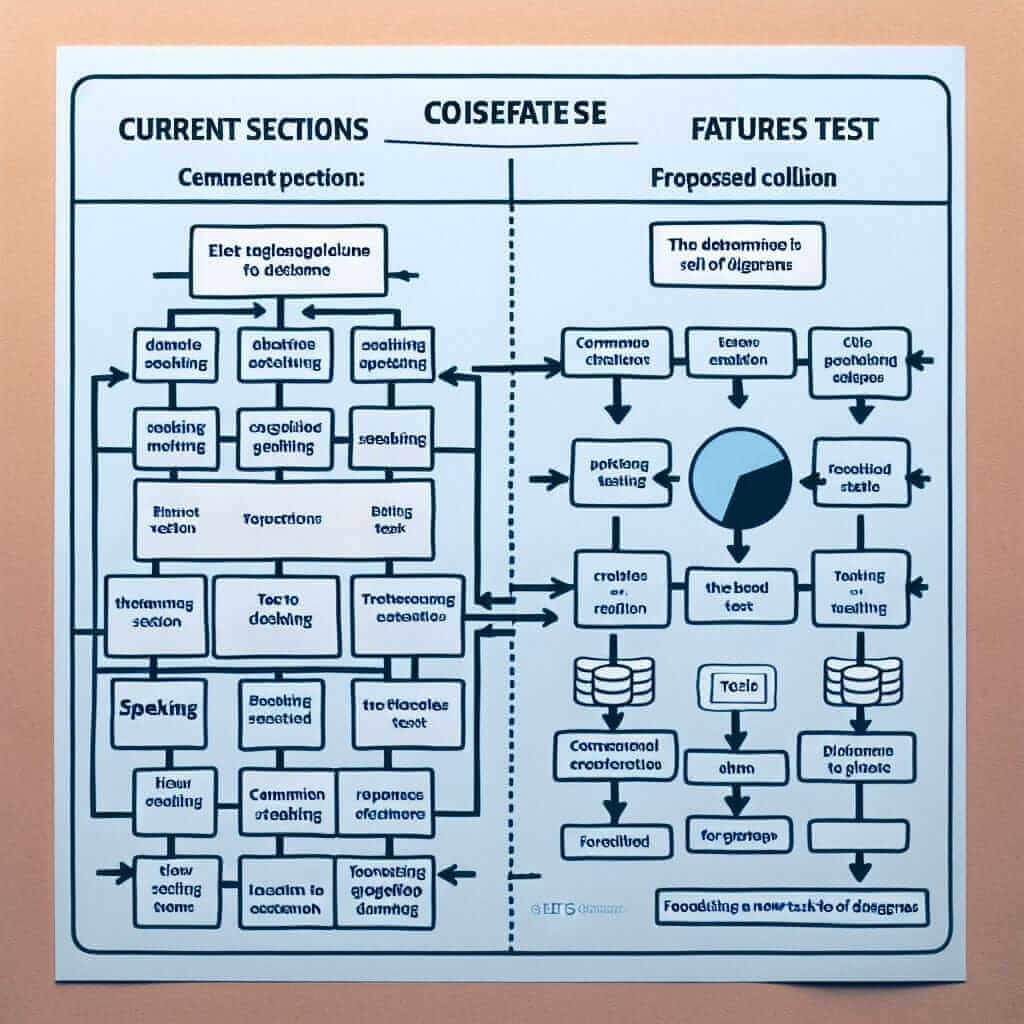The IELTS exam, a crucial step for those wishing to study or migrate to English-speaking countries, is meticulously designed to assess a candidate’s English proficiency across various skills. However, a recurring discussion among both educators and students is whether the inclusion of diagrams in the IELTS, particularly in the Speaking module, would enhance its efficacy. This article delves into this debate, analyzing the potential benefits and drawbacks from an experienced IELTS instructor’s viewpoint.
Understanding the Current Format and the Rationale Behind Diagram Inclusion
Currently, the IELTS Speaking test evaluates a candidate’s spoken English through a structured conversation with an examiner. It focuses on fluency, vocabulary, grammar, pronunciation, and coherence. Proponents of incorporating diagrams argue that it would offer several advantages:
Benefits of Diagrams in IELTS Speaking
- Enhanced Visual Literacy: In an increasingly visual world, the ability to interpret and describe diagrams is crucial. Including them could reflect real-life communication scenarios more accurately.
- Vocabulary Expansion: Describing diagrams necessitates the use of specific vocabulary related to trends, comparisons, processes, etc., potentially broadening the assessment scope.
- Reduced Ambiguity: Visual aids can clarify complex ideas or processes, ensuring the examiner and candidate are on the same page, especially for topics unfamiliar to the candidate.
- Increased Engagement: Diagrams can make the speaking test more engaging and less intimidating, potentially easing nervousness and eliciting more natural responses.
Potential Drawbacks and Considerations
However, it’s essential to acknowledge potential drawbacks:
- Added Cognitive Load: Interpreting a diagram adds another layer of processing, potentially impacting fluency and coherence, especially for candidates under pressure.
- Test Fairness: Not all individuals possess equal visual literacy skills, and some might be disadvantaged if diagrams are used extensively.
- Subjectivity in Interpretation: Diagrams can be open to interpretation, potentially leading to inconsistencies in scoring based on examiners’ understanding.

Examples from Other Standardized Tests
Interestingly, other standardized English proficiency tests, like the TOEFL iBT, already incorporate integrated tasks involving visual information. Analyzing how these tests utilize visuals could offer valuable insights for the IELTS.
Tips for IELTS Preparation in a Hypothetical Scenario with Diagrams
While the inclusion of diagrams in the IELTS Speaking test remains a point of discussion, students can prepare for such a possibility by:
- Practicing Describing Visuals: Regularly describe images, charts, and diagrams from various sources to build confidence and vocabulary.
- Familiarizing Yourself with Diagram Types: Understanding common diagram types (line graphs, bar charts, pie charts, flowcharts) and their components is essential.
- Developing Analytical Skills: Go beyond basic description by analyzing trends, comparing data, and identifying key features.
Conclusion
The debate surrounding the inclusion of diagrams in the IELTS Speaking test is multifaceted. While there are potential benefits in terms of reflecting real-world communication and assessing a broader skillset, it’s crucial to consider potential drawbacks like added cognitive load and fairness.
As an experienced IELTS instructor, I believe that any changes to the test format should be carefully researched and implemented to maintain the exam’s high standards of reliability and validity. Regardless of future changes, focusing on improving overall English proficiency and practicing various question types remains paramount to achieving success in the IELTS.